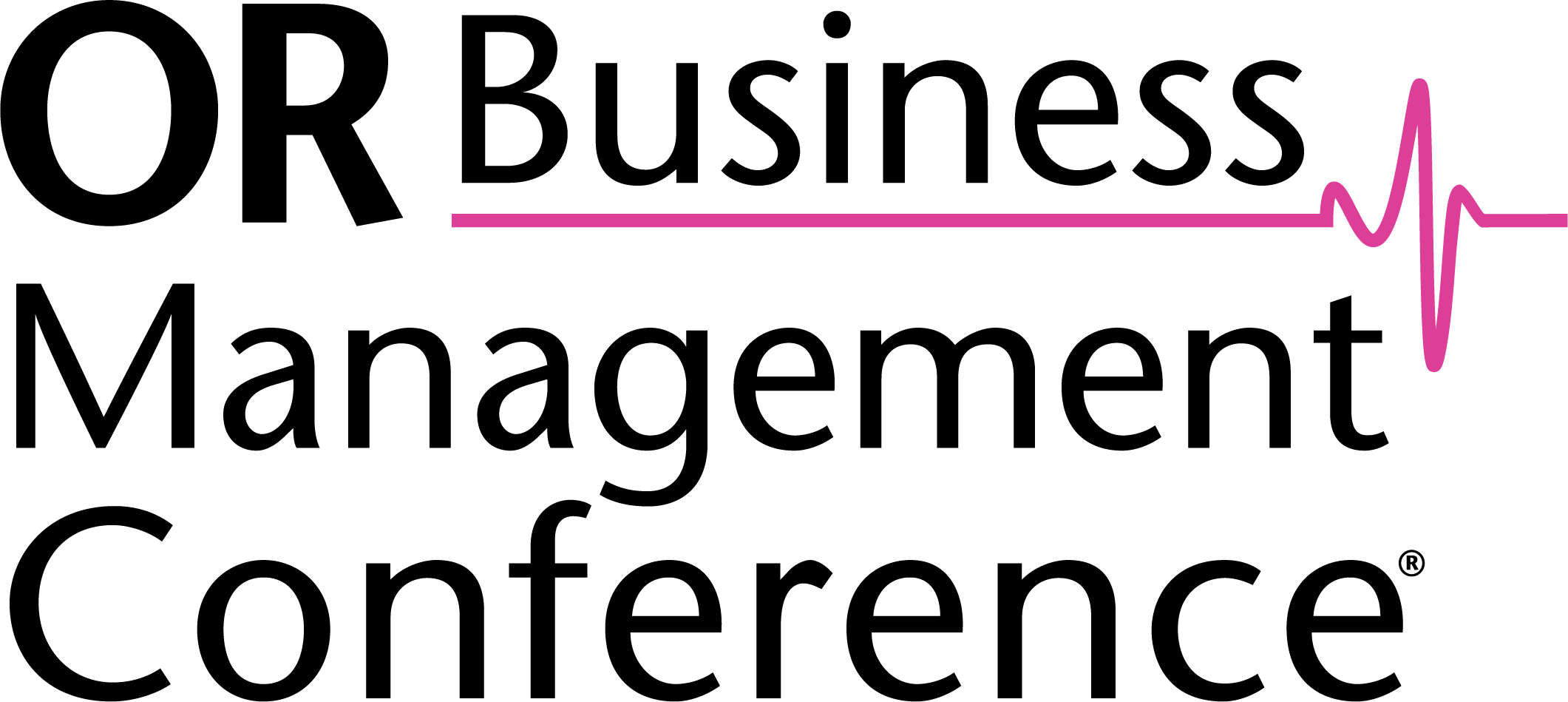Session: Riding the Wave—Considerations to Making Anesthesia Profitable in Today's Labor Market

Editor's Note The OR Business Management Conference this year for the first time offered a lineup of sessions that was fully dedicated to content relevant to ambulatory surgery centers (ASCs). In this session, Collin Pick, MSN, CRNA, ARNP, CMPE, chief of anesthesia, Physician Partners of America, explored the ongoing anesthesia…
Health systems invest in outpatient care, repurpose hospitals for mental health and rehab

Editor's Note Health systems across the US are reimagining their infrastructure by heavily investing in outpatient care and repurposing hospital spaces to meet growing demands for mental health and rehabilitation services, Modern Healthcare December 2 reports. This shift reflects a broader trend toward community-based care and aligns with advancements in…
No construction required—AI uncovers system-wide capacity

Amid rising demand for surgical procedures, improving perioperative operations is a pressing priority for any hospital. For a system serving one of the fastest-growing counties in the US, it becomes an operational imperative. This is the case for WakeMed Health & Hospitals (WakeMed). With ORs spread across multiple facilities in…
Study: Demand for anesthesiologists rises sharply, driven by job market, regional variations

Editor's Note A recent study by RIVANNA® Medical, a leader in medical imaging technology, highlights a rising interest in anesthesiologist careers across the US, showing a 46% increase in online job search activity from August 2020 to August 2024, Rivanna Medical reported in October 2024. The study analyzed search trends…
OR Manager Conference session: Converting HOPDs to ASCs—What do hospitals need to know?

Editor's Note This session on converting hospital outpatient departments (HOPDs) into ambulatory surgery centers (ASCs), presented at the recently concluded OR Manager Conference, saw Joan Dentler, MBA, founder of Avanza Healthcare Strategies, share practical insights for healthcare leaders contemplating this transition. Dentler began by highlighting the history of ASCs, which…
OR “megafloor” combines inpatient, outpatient procedures

Editor's Note A newly constructed surgical “megafloor” that connects inpatient and outpatient ORs promises to aid workflow and add flexibility for perioperative teams at The University of California Irvine (UCI) Health—Irvine campus, Healthcare Design reported October 7. As detailed in the article, the academic center must accommodate a variety of…
Traveler tightrope: OR leaders balance best practices, reduction strategies

Takeaways Providers are generally seeking to reduce use of travelers through strategies such as float pools, training programs, and cultural reforms. However, travelers remain useful as a bridge to permanent staff and for difficult-to-fill positions. Best practices for selection, onboarding, team integration, and performance evaluation are essential for maximizing return…
Why nurse travelers are more friends than foes

Many are quick to blame travelers for the poor state of hospital finances. However, isn’t there a difference between a traveler in the OR—an interim staff member in the hospital’s profit center—and an interim RN in an area financially supported by OR profits? What about the argument that travelers can…
On-demand staffing reduces costs, boosts efficiency

For many healthcare facilities, operational costs are steadily rising, and no clearcut solution is in sight. However, some hospital systems are gradually reclaiming control over their budgets by finding ways to stabilize their finances and improve workforce morale. During the pandemic, many hospitals turned to short-term contract labor as a…
Survey: Staffing woes ease slightly, but challenges remain

Takeaways • Surgical volume continues to increase for most organizations. • Staffing remains a challenge, although some parameters, such as recruiting and turnover, have improved slightly. • Filling an open RN position takes an average of 77 days, and filling a surgical technologist position takes an average of 120 days.…

 Free Daily News
Free Daily News